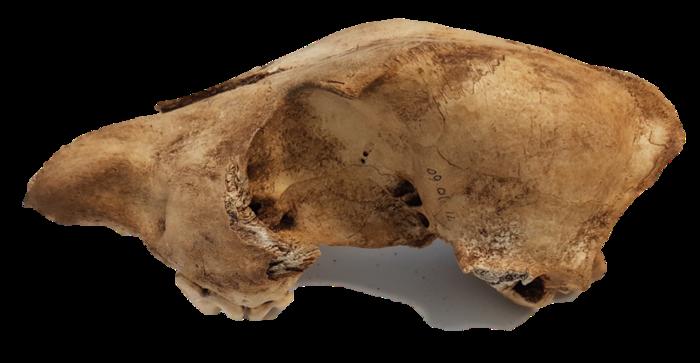Dingoes and dogs look similar — until you compare their genomes. A study in PNAS examines this seemingly counter-intuitive outcome and explains the genetic divergence between the two species.
“The genetic difference might seem counter-intuitive because dingoes and domestic dogs share a common ancestor,” says Sally Wasef, a geneticist from Queensland University of Technology and a co-author of the paper. “However, the key factor is the period of isolation. Dingoes have been isolated from other domestic dogs for over 3,000 years, which has led to distinct evolutionary paths.”
Dingo Isolation from Dogs
Domestic dogs have undergone selective breeding, while dingoes evolved in the wild. Dingoes generally avoided domestic dogs, and therefore didn’t breed with them.
“This isolation and lack of selective breeding pressures have preserved their unique genetic makeup, making their divergence logical and expected,” says Wasef.
Although the scientists had anticipated the domestic-dingo divergence, the study still yielded surprises. First, they were able to recover full genomic data from dingo remains over 2,000 years old. Second, the data revealed significant variations between dingoes from the east and west parts of the continent dating back at least 2,500 years. And, finally, they discovered that modern dingoes did little to no interbreeding with contemporary dogs.
Before this study, some scientists hypothesized that dingoes formed into the two distinct east and west populations following human colonization. But the new genetic analysis showed distinctions were already in place well before then.
Read More: How Dogs Have Uniquely Co-Evolved With Humans Like No Other Species
Genetic Origins of Dingoes
Those east-west differences arose as a result of interbreeding with other dog-related species, including the New Guinea singing dog. The genetic analysis allowed the researchers to find the common ancestor of native Australian dogs.
“Dingoes, New Guinea singing dogs, and the other islands’ Southeast Asia village dogs all descend from a proto-dog, that is an early form of domesticated wolves,” says Yassine Souilmi, a co-author from the University of Adelaide. “So while they share ancestry with domestic dogs, they haven’t been through the intensive breeding, that modern dog breeds have been subjected too.”
Since the two separate dingo populations had about 3,000 years to adapt to their environments, they had ample time and space to evolve.
“If we look at things in term generation time, that is number of generations elapsed, on average, since dingoes arrived into Australia, that is equivalent to the number of generations humans have been out of Africa,” Souilmi says. “So dingoes are as genetically distinct as an Eskimo is from a Masai.”
Understanding dingos’ genetic origins — including their distinction from domestic dogs — advances the argument to preserve them, says Souilmi. Dingoes are now under threat from lethal culling programs. Dingoes hold cultural significance to Aboriginal and Torres Strait Islander peoples and also play a essential role in the Australian ecosystem.
Read More: Why Does Australia Have Some of the Deadliest Creatures on Earth?
Article Sources
Our writers at Discovermagazine.com use peer-reviewed studies and high-quality sources for our articles, and our editors review them for accuracy and trustworthiness. Review the sources used below for this article:
Before joining Discover Magazine, Paul Smaglik spent over 20 years as a science journalist, specializing in U.S. life science policy and global scientific career issues. He began his career in newspapers, but switched to scientific magazines. His work has appeared in publications including Science News, Science, Nature, and Scientific American.













/https://tf-cmsv2-smithsonianmag-media.s3.amazonaws.com/filer_public/d1/82/d18228f6-d319-4525-bb18-78b829f0791f/mammalevolution_web.jpg)






Discussion about this post